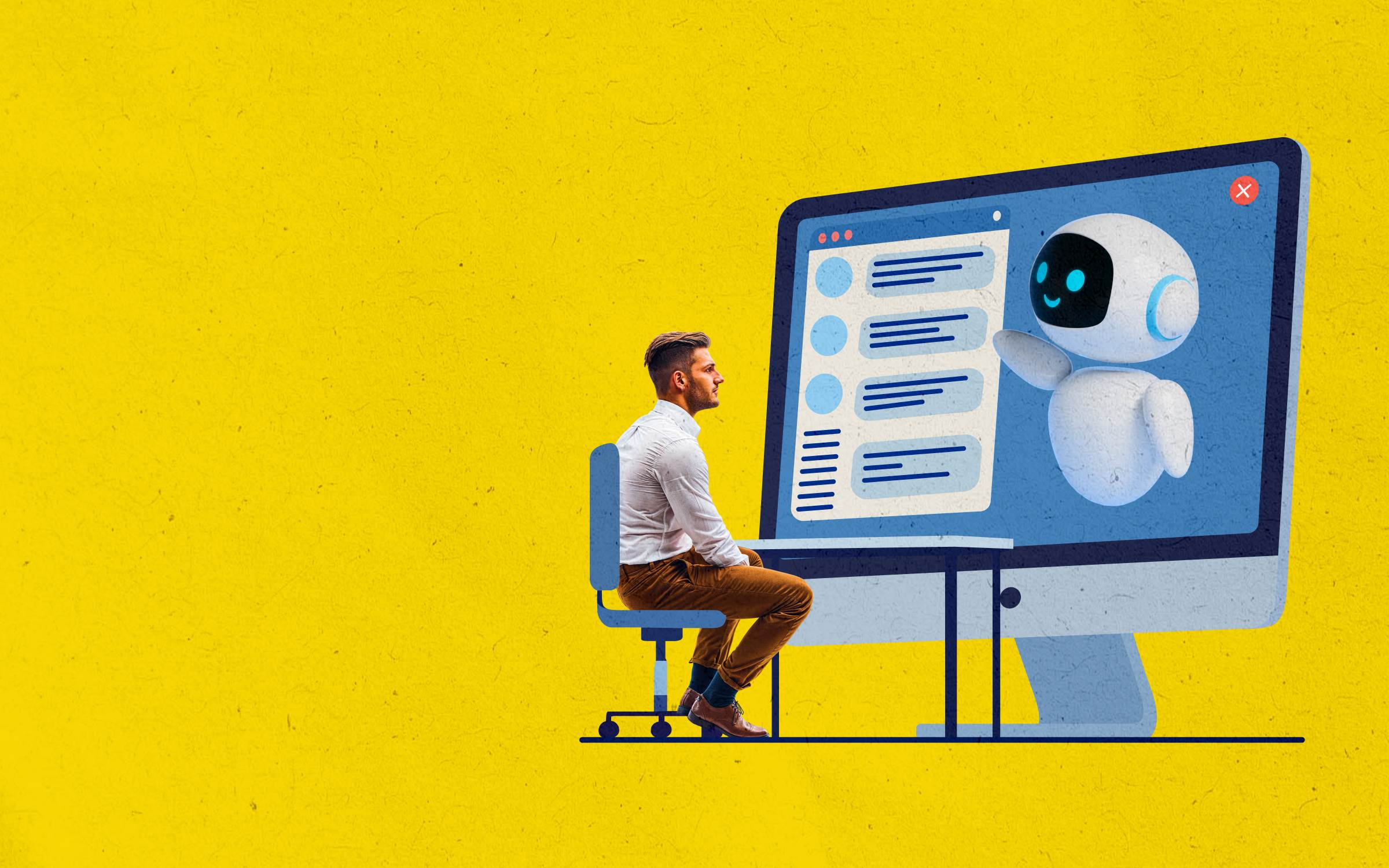A strong recruiting strategy can bring in the most qualified candidates to your organization, but it’s what comes after that usually determines whether they’ll stick around. Upon surveying 1,002 U.S. employees, Paychex found that 80% of new hires who receive poor onboarding plan to quit their job, compared to 7% who are well-trained. Furthermore, an unengaged employee can cost their company the equivalent of 18% of their annual salary.
At HR and payroll solutions company Paychex, employees stay with the company just over seven years on average — a statistic that attracted Erica Toluhi to the director of learning and development role last year. Recognizing the importance of the first few weeks at a new organization, Toluhi’s learning and development team is in the process of rewriting its onboarding programs to improve the employee experience.
Among revamps is the SurePayroll CARE New Hire Program, which supports employees of the SurePayroll business unit, acquired by Paychex in 2011. The in-person experience launched in April, and is designed with three business goals:
- Promote engagement
- Reinforce learning objectives
- Deliver metrics to track employee effectiveness and business results
Senior Executive L&D recently spoke with Toluhi to learn more about the onboarding experience at Paychex and how they measure program success. Read on for an edited excerpt of our exclusive interview.
Senior Executive Media: What prompted the rewrite of the SurePayroll CARE New Hire Program and its focus on the in-person experience?
Erica Toluhi: What we’ve seen with the modern learner, people want flexibility. But when they’re first onboarding with a company, they really want to feel guided and know that they’re being fully supported. A lot of times, that’s seeing people in person and not waiting for a response in chat… SurePayroll is a smaller organization, and it was a smaller group to be able to do our pilot run of back-in-office training and rewriting the modules to make it come to life for our current modern learner, but also to have the results that we need.
We plan on doing the same type of rewrite for…[our] new hire materials for payroll specialists supporting small market businesses (SMBs) within Paychex.… That’s what our learning ops team is working on now… We have brought those people back into office. They were fully virtual before and they had a program where there was a lot of self-paced learning with different e-learnings. Now those classes are led by an instructor, but they’re still led by an instructor with a majority of the training being e-learnings.
“What we’ve seen with the modern learner, people want flexibility. But when they’re first onboarding with a company, they really want to feel guided and know that they’re being fully supported.”
– Erica Toluhi, Director of Learning and Development at Paychex
Senior Executive Media: What is the structure of the SurePayroll CARE New Hire Program?
Erica Toluhi: [It’s] a three-week program. It’s a classroom-based training. It includes [job] shadowing, so they also get to go and do side-by-sides with people who are currently doing the job… There’s role-play activity that’s built in, and there’s also e-learning, so it’s a blended approach. There are different e-learnings that they’ll take while they’re in class, but then they’re discussing it as a class right afterwards.
We actually started a Jeopardy game. We got the licensing [to play the music]… It just makes it fun and it’s an opportunity to review concepts that have already been trained in a competitive way. The classes definitely love that… We also utilize Kahoot! [a game-based digital learning platform]. One of the things they really love about Kahoot! is it’s showing you as you’re growing on the leaderboard…and it’s also time-based. That’s been really good to see too, how quickly people can recall what they’ve already learned.
Then there are assessments built in just to make sure we’re doing those knowledge checks. [It] gives us a good indicator of how well people grasp the modules that have been communicated so far, and then the facilitators can adjust. If we see that a lot of people struggled on one assessment, the facilitators know that we need to hit this [information] again to really make sure people are understanding the concepts that we want them to get.
At the end, there is a proficiency assessment just to say you passed training, you know what you need to know, we are sure that you’ll be able to service our customers in the way that we would like them to be served. Then we do a graduation, and the graduation ceremony is a big deal. We do balloons; we have leaders come in and speak to them in person as well as some will join virtually.
Senior Executive Media: Are assessments also used to measure the effectiveness of the L&D program? What other metrics are you paying attention to?
Erica Toluhi: We did do assessments before, not as built in as we have them now in this program, and [this new program] was a rewrite, so they’re not necessarily apples to apples… We really wanted to make sure that we utilized the information we had from the virtual training and feedback that we got [to rebuild the program].
Every day in class, we do plus and minuses with the learners. So as they’re leaving, they submit what went well that day, what didn’t go well that day, and the facilitators review it every single day. We’ve gotten a lot of feedback from them about the modules. And then at the end, we do our new hire survey where you get that first-level evaluation of the course.
With the first class that we launched, there are three different assessments in the training…one at the end of each week to match the structure of each week having its own focus — one on foundational concepts, one on systems/tools, one on job skills… The average scores [for] all three were over 90%, which is really unheard of in our other assessments. Even though they weren’t apples to apples, our average prior [score] was about 75% on their first day. So from 75% average to now 90 is exciting.
[Post-program metrics] are obviously their NPS once they’re out in production, their average handle times…[which] is the average time our specialists spend on the phone with a customer… We have results and are happy to share that quality is showing 7.3% above goal and an average of 3.9% higher than previous program cohorts. Same-day case closure is trending 13.44% higher in the first 30 days in the role… Eventually, we’re going to translate that… What did that mean for the business and our customers?
Senior Executive Media: Before revamping a company’s new hire onboarding program, what advice would you give to fellow L&D leaders?
Erica Toluhi: One of the things that I would definitely advise, and this is advice that was given to me… ‘Eat what you cook.’ I know it’s hard, especially at an executive level, to actually take the time to sit through one of your programs, but be a learner.
One of the things I did when I first came in is join one of our virtual training programs. Especially if you’re new to an organization, that’s the best time to do it before your calendar is full… Block it off, however long that training program is… Sit through it as a learner and really see the experience that they get. I think it will be eye-opening and will give [you] insights on what can be improved and what’s really going well. It gets you closer to the end user experience… If you can’t do the full program, do some of it. If you’re offering up e-learnings, take those e-learnings.
Senior Executive Media: Going through the onboarding programs at Paychex as a learner, is there an example you can share in which you identified something that could be improved?
Erica Toluhi: Absolutely. One of them was with our sales training program that I sat through. The reason why I wanted to do it differently was because the experience as a learner to me wasn’t the most positive… I got an email saying, ‘Welcome to Paychex. Here’s all the learning we’re going to do, so here are all the modules you need to take, and then I’ll see you on a call in three weeks.’
Our first interaction shouldn’t be an email. I just joined the company. I want somebody to greet me; I want someone to be excited that I’ve joined Paychex. So that was one of the first changes I made… Not all of the new hire programs will be in person, so it’ll still be a virtual experience. I told the team, ‘Pull them all together first and have a call. Talk to them. Welcome them’… It’s still a better [way to] connect than me answering questions via email… It gives a different impression. So now that’s what we do with sales. It starts with the call first. It explains to them, here are the things that you’re going to be doing during this time.







